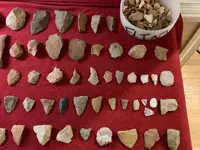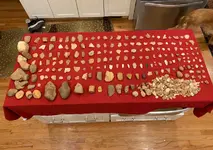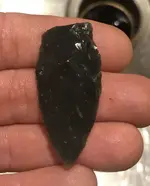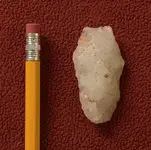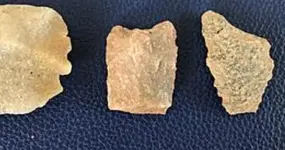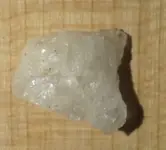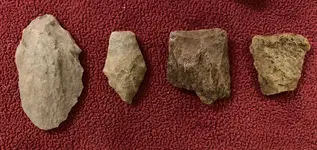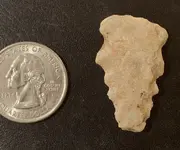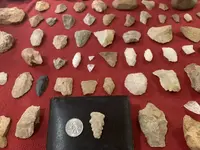The site is mineral rich and borders a quarry. Strangely I’m not finding pottery. That’s the most I can say because we were hit a few nights ago. Here are the Badin tips posted by Virginia Dept of Archaeology:
View attachment 1688730
That's what I thought. What you originally posted looked like typical quarry debitage. From a cobble source? Along the fall line perhaps? Looks like mostly quartzite. That points strongly to Archaic use. As an example, which is fairly typical (at least for the Piedmont/Coastal Plain zone of Virginia), at the Fannin Site, a quartzite (mostly) cobble source on the Nottoway River just over the fall line, of 303 projectile points found, 13 were Woodland, 4 were Paleo and all others where Early, Mid or Late Archaic. i would say until you find pottery, no Woodland component. If in the Southeastern part of the state, a fair chance of finding a Paleo component.
